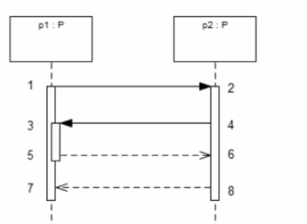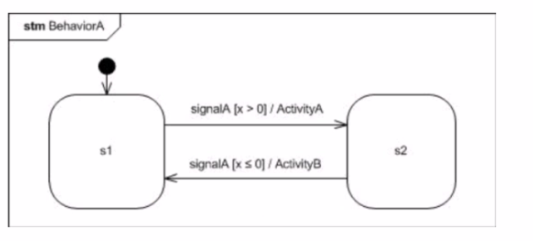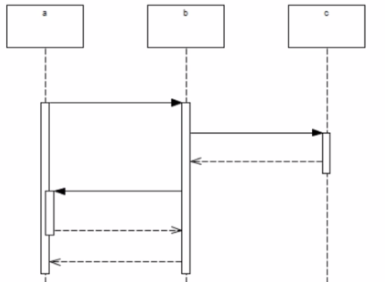In UML, the «extend» relationship indicates that the behavior defined in the extending use case (the extension) can be inserted into the behavior defined in the extended use case (the base). The extension occurs only under certain conditions, which are specified by the extension points. This relationship allows for the addition of optional behavior to a use case, which can be activated under certain conditions.
The diagram provided shows an extension relationship where "Charge credit card" and "Pay with PayPal" are extending "Charge account" use case at the "Charging" extension point.
The key benefit of using the «extend» relationship in this context is that it allows for the flexible addition of new behaviors (like new payment methods) without modifying themain use cases. It helps in evolving the system by adding optional behaviors that only occur under certain conditions, which is mentioned as an option:
C. This Use Case model could be updated with further payment methods without changing the main Use Cases "Book a car" and "Charge account".
This means that new payment methods could be incorporated as additional extending use cases in the future, just like "Charge credit card" and "Pay with PayPal".
The other options do not correctly describe the use of the «extend» relationship: A) «extend» relationships do not replace the need for behavior descriptions such as activities. B) It's not about functional decomposition; it's about adding optional or conditional behavior. D) «extend» is not a taxonomic relationship and does not extract general descriptions into a super Use Case; rather, it adds behavior under certain conditions.
Therefore, the correct answer is:
C. This Use Case model could be updated with further payment methods without changing the main Use Cases "Book a car" and "Charge account".
[Reference: Object Management Group (OMG) Unified Modeling Language (UML) Specification Version 2.5.1 Section 18.1 on Use Cases, particularly the definition and use of «extend» relationships., ]







